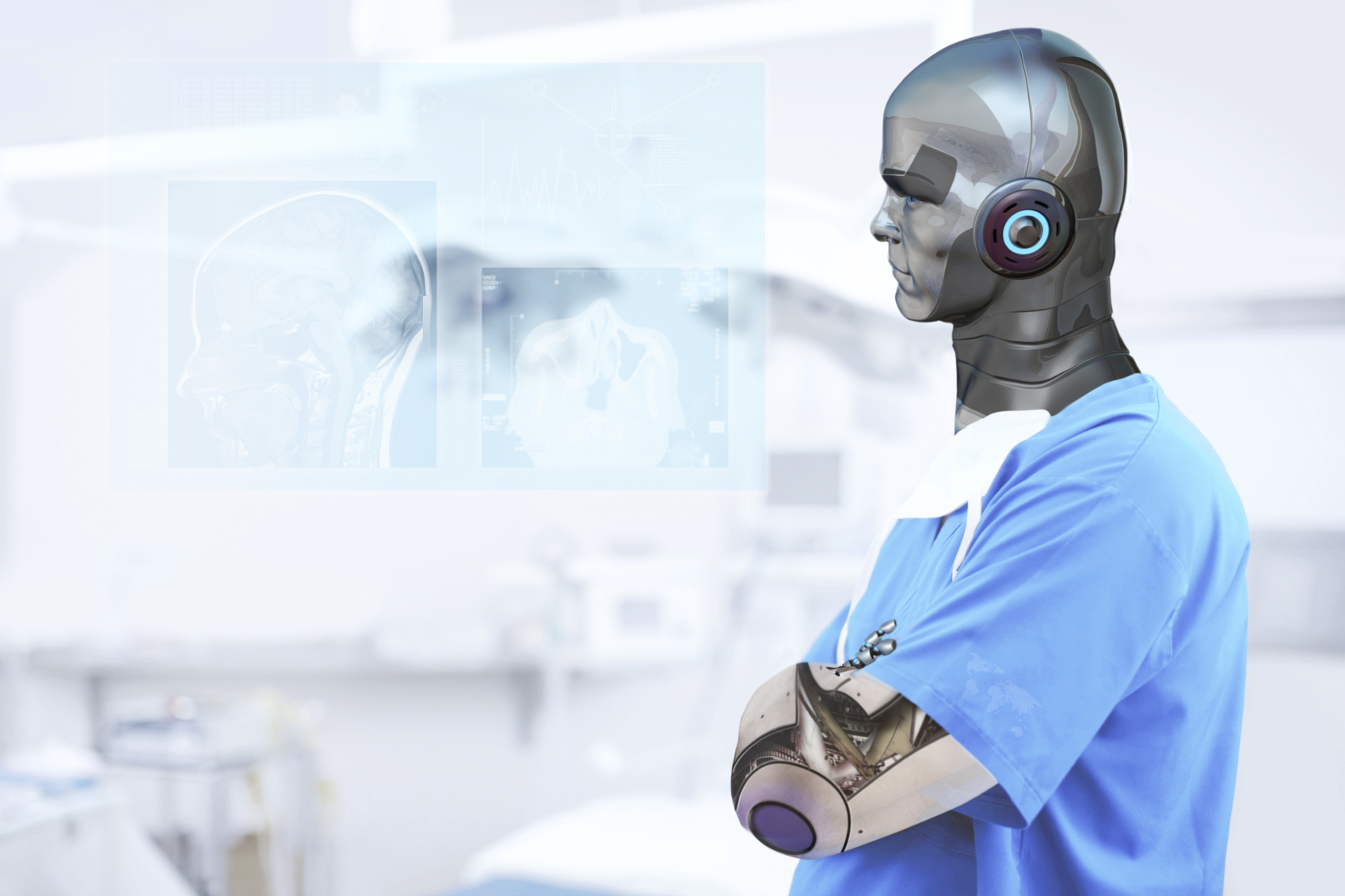
AI can give providers deeper insights based on reviews of massive amounts of health data, but can it safely be used to change a surgical plan in the middle of an operation?
That’s the question doctors at UC San Diego Health have been exploring for some time, and their primary approach has consisted of video recordings of their operations, organized and analyzed by AI.
According to an article at Modern Healthcare, “(v)ideo recordings of procedures are uploaded to the cloud for quick analysis. The five surgeons involved in the project and their residents then receive videos of their minimally invasive procedures, which are divided into critical steps with a dashboard that compares an operation against previous procedures.”
The AI factors in by “giving active feedback on how your operation performed,” said Dr. Santiago Horgan, chief of the minimally invasive surgery division and director of the Center for the Future of Surgery at UC San Diego School of Medicine.
To date, AI-assisted surgery has involved supporting care teams both before and after surgeries with planning and evaluation, but experts say “it’s laying the groundwork for the next phase of surgical innovation, which could include real-time intra-operative clinical decision support and even some automation.”
According to the article, “the last major technological advancement in surgery was arguably 20 years ago, with the growth of robotic surgery. . . (that) advanced what’s now known as minimally invasive surgery, in which a surgeon performs a procedure using tiny cuts, rather than traditional open surgery that often requires large incisions. The so-called robots—tools entirely operated by a human surgeon—are designed to make a user’s movements more precise.”
Moving forward, however, “AI and automation could help to standardize procedures so they follow established best practices, leading to outcomes that are more consistent. In the long term, that could help reduce medical errors.”
The article points to speculation about the prospect of completely autonomous, AI-driven surgery, but one major hurdle involves the same thing that gives observers pause on the subject of fully driverless cars: the inherent lack of judgment in AI technology.
As Dr. Ahmed Ghazi, a urologist and director of the simulation innovation lab at the University of Rochester (N.Y.) Medical Center, explained, “what’s missing from the autonomous robot is the judgment. Every single patient, when you look inside to do the same surgery, is very different.” As opposed to thinking in terms of driverless cars, Ghazi suggested thinking about autonomous surgical procedures like an airplane on autopilot: the pilot’s still there.
“The future of autonomous surgery is there, but it has to be guided by the surgeon,” he said.


